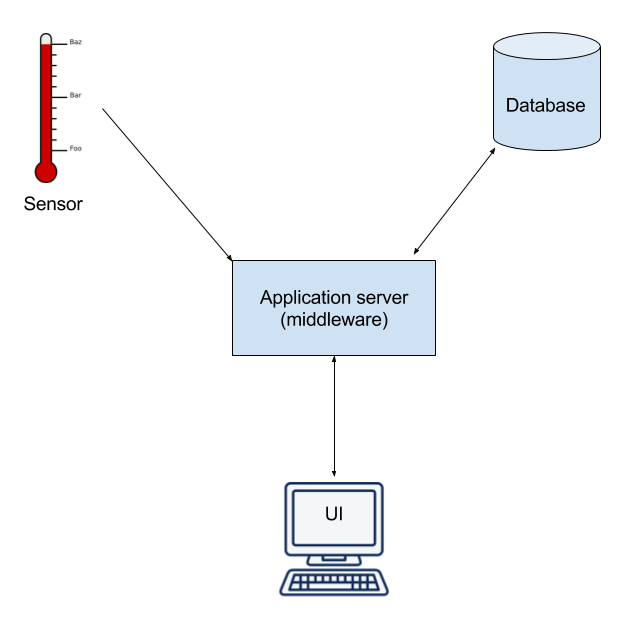Overview of this book
Modern web technology and portable computing together have enabled huge advances in the Internet of Things (IoT) space,as well as in areas such as machine learning and big data. The Raspberry Pi is a very popular portable computer for running full stack web applications. This book will empower you to master this rapidly evolving technology to develop complex web applications and interfaces.
This book starts by familiarizing you with the various components that make up the web
development stack and that will integrate into your Raspberry Pi-powered web applications. It also introduces the Raspberry Pi computer and teach you how to get up
and running with a brand new one. Next, this book introduces you to the different kinds of
sensor you’ll use to make your applications; using these skills, you will be able to create
full stack web applications and make them available to users via a web interface. Later,
this book will also teach you how to build interactive web applications using JavaScript
and HTML5 for the visual representation of sensor data. Finally, this book will teach you
how to use a SQLite database to store and retrieve sensor data from multiple Raspberry
Pi computers.
By the end of this book you will be able to create complex full stack web applications
on the Raspberry Pi 3 and will have improved your application’s performance and usability.




